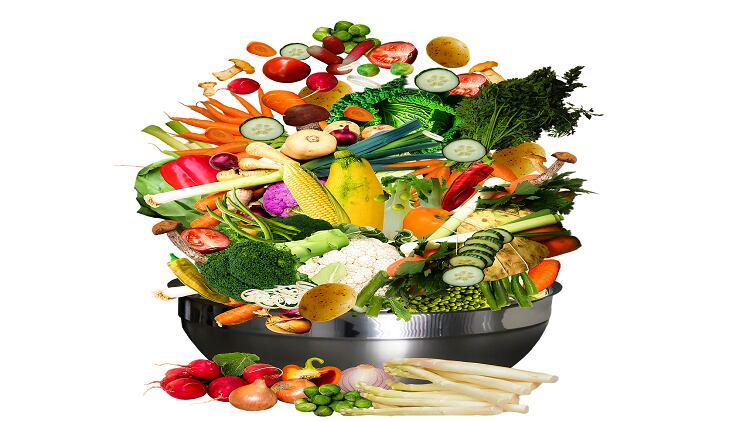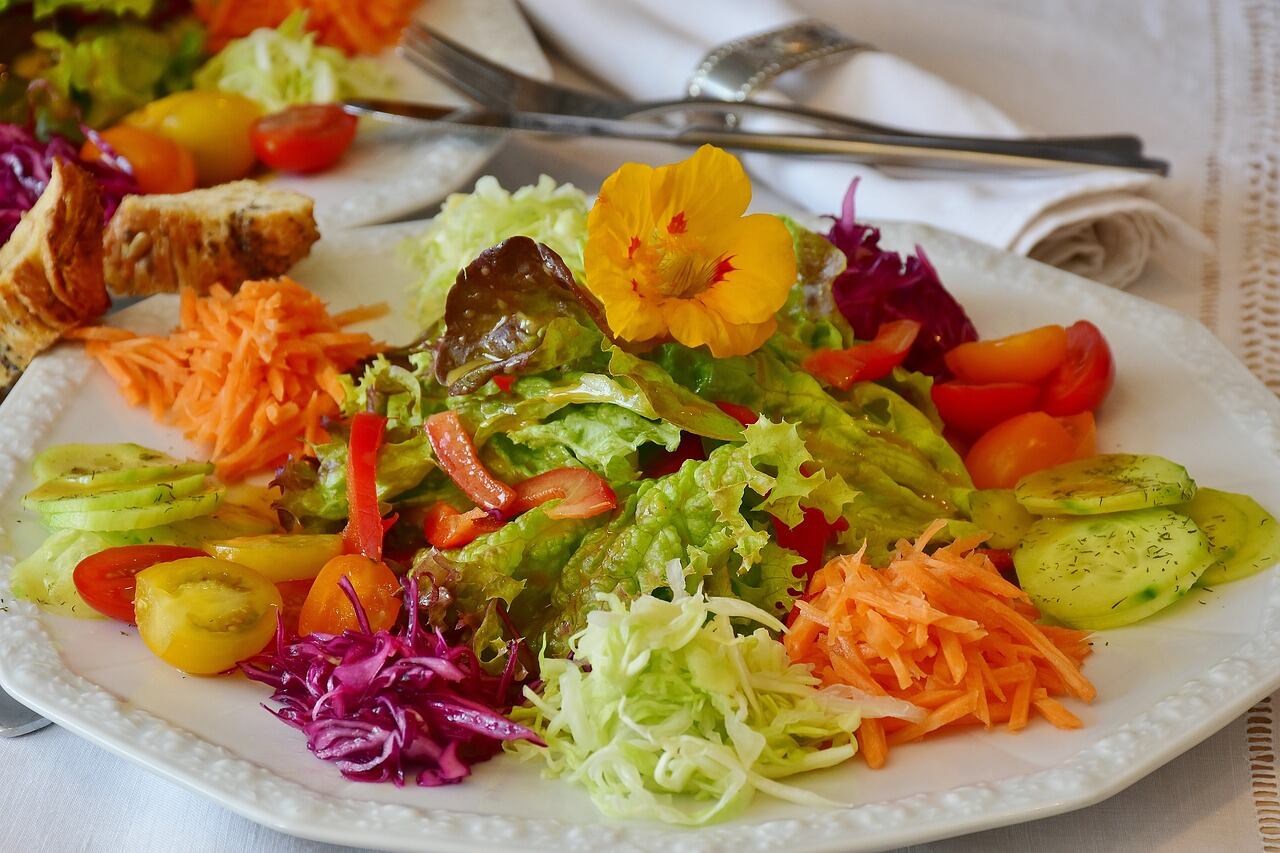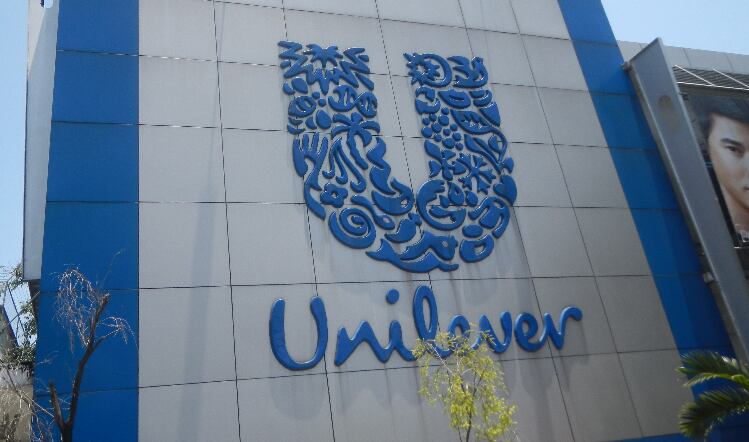In the last two years, there has been about 20% increase in free-from products related queries from manufacturers, DuPont Nutrition & Health's Innovation Group Manager, ASEAN, Xue Si-Ying revealed.
The firm’s latest free-from related launch is a starter culture introduced during third quarter last year. With a less acidic profile, the starter culture allows manufacturers to produce sugar-free yogurt while avoiding an overly sour taste at the same time.
As a whole, innovation surrounding free-from products is about working on the common areas between manufacturers, consumers’ demands, and key regulatory requirements.
Xue cited the much-talked about sugar tax in South East Asia as one of the most pressing concerns, since this is a regulation that will “hit the manufacturers’ pockets immediately.”
“We hear about the sugar tax in the region and what the implications are. When we are talking about the sweet products and the amount of sugar that we are putting in, it is going to have a big hit on their profit at the end of the day.
“(In this case), we review how we can help from the ingredients that we already have. We do not only try to replace the sugar level but also work on the mouthfeel, providing total solutions for the customers.”
One of the solutions include providing a tailored blend of ingredients as a sugar alternative option.
Besides the sugar tax, she also cited another example in Thailand to show how regulation affects food formulation.
“Previously, the Thai authorities talked about reducing the amount of calcium propionate – a chemical preservative in the bakery products. Even when such things happen, the business has to go on, so manufacturers are beginning to look for chemical-free and natural solutions to extend their product shelf-life for a longer time.”
Since there is an array of different regulatory requirements, finding the common denominator will be key to deliver innovation at more affordable cost, Cyndy Au, Regional Director, Regulatory & Scientific Affairs, APAC, noted.
Novel concepts
Aside from the regulatory aspect, Xue said that catering to novel and local food trends was another factor driving free-from innovation.
She gave the example of an ongoing meat-free trend in Thailand, which she said was savviest when it comes to free-from food trends amongst other ASEAN countries.
“There is a mega-trend of consumers going meat-free. In Thailand, they have this vegetarian month. I was quite surprised when I learnt about it, but apparently, in Thailand, a lot of them will go vegetarian for the whole month.
“So this means that meat manufacturers will lose a significant portion of business for that period, and so they are looking for alternatives and developing meat-free solutions for the consumers for that month,” she said.
The annual vegetarian festival in Thailand starts on the ninth lunar month of the Chinese calendar, which will run from September 28 to October 7 this year.
To meet the demand, she said that the firm had developed a soy-based protein selling under the labal SUPROMax® to deliver meat-like texture for non-meat products.
The firm has also created an in-house vegan green curry recipe using the SUPROMax® soy protein.
Bearing in mind the need for adapting to local tastes, Xue also cautioned that while free-from food trends are more advance in the West, what worked in that region may not be applicable in the East, since the taste and texture demands are different.
She cited the example of Indonesia, where the concept of dairy-free plant based beverages may not necessarily use almond.
“When we talk about plant-based beverages, we will think about using almond. However, in Indonesia, they are using their local grains such as mung bean to expand in this space, and these plant-based alternative beverages are sold in same format as dairy products.”
In this case, the firm plays a role in coming out with solutions to meet product stability and texture in this case, since different types of grains contain different amount of proteins and produce different viscosity and stability outcomes.





